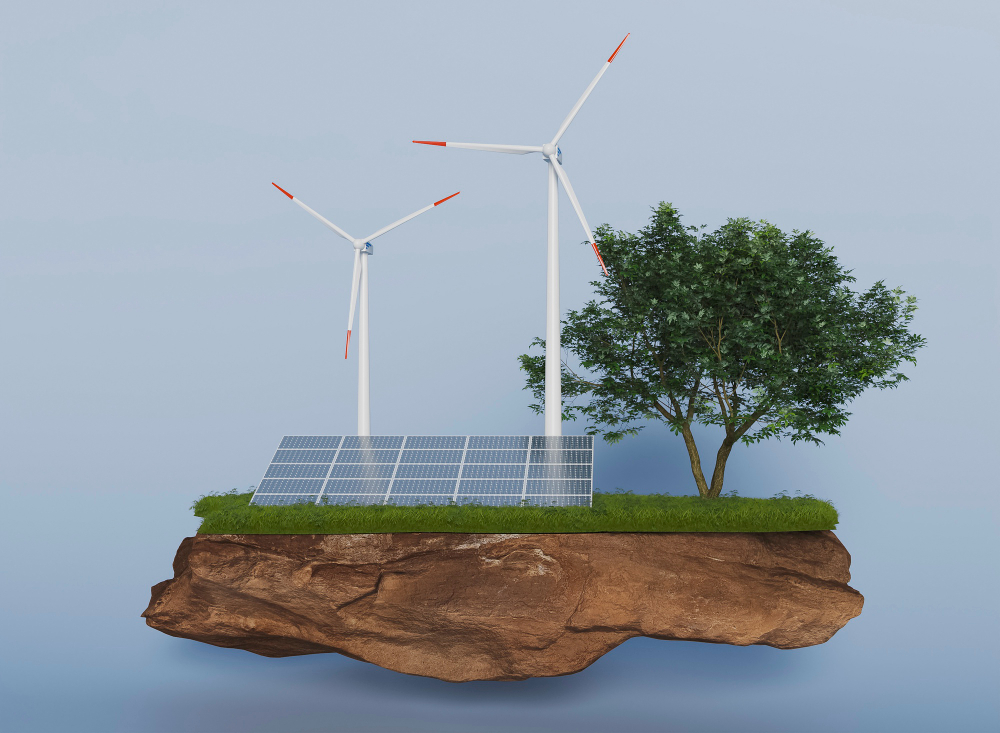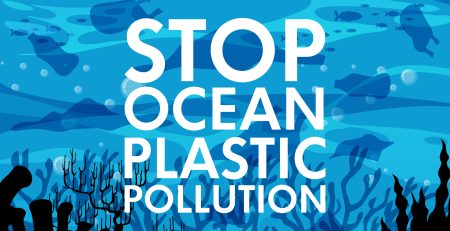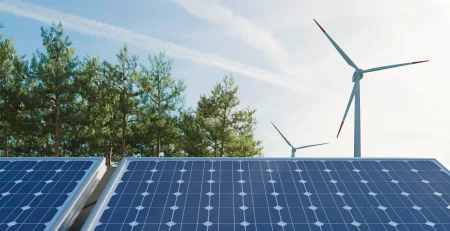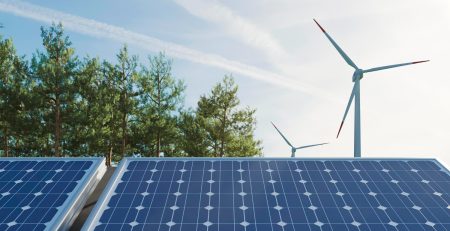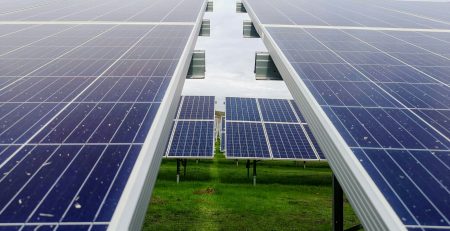US Renewable Energy Policies: A Patchwork of Bipartisan Efforts
The United States, historically reliant on fossil fuels, has witnessed a growing push for renewable energy sources like solar, wind, and geothermal. This shift necessitates effective policy frameworks to incentivize development and adoption. While the current landscape might seem fragmented, a closer look reveals a surprising level of bipartisan collaboration in shaping US renewable energy policies.
Historically, environmental policy in the US has often fallen prey to partisan divides. However, renewable energy presents a unique case. Democrats and Republicans have recognized its potential benefits, albeit for different reasons. Democrats generally view renewables as a critical weapon in the fight against climate change. Republicans, on the other hand, often emphasize energy independence and economic opportunities associated with a robust domestic renewable energy sector. This confluence of interests has led to a patchwork of policies reflecting a degree of bipartisan cooperation.
Federal Incentives: A Bipartisan Mix
One of the most prominent examples of bipartisan collaboration is the Investment Tax Credit (ITC) for solar and wind power. Introduced in the 1970s, the ITC has been repeatedly extended and modified through bipartisan efforts. The Energy Policy Act 2005, championed by a Republican Senate and a Democratic House, significantly expanded the ITC. Similarly, the bipartisan Consolidated Appropriations Act of 2016 extended the credit [1].
Another example is the Production Tax Credit (PTC) for wind energy. Initially enacted in the 1990s, the PTC has been subject to numerous extensions, often with bipartisan support. The American Recovery and Reinvestment Act of 2009, a signature piece of Democratic legislation, included a PTC extension. Similarly, the Tax Cuts and Jobs Act of 2017, a Republican-led initiative, also extended the credit [2].
Beyond tax credits, federal policies facilitating renewable energy development have also shown signs of bipartisan collaboration. The Energy Improvement and Extension Act 2008, a bipartisan
bill, established loan guarantees for renewable energy projects. While facing some criticism, this program has demonstrably supported the development of large-scale solar and wind farms [3].
State-Level Leadership: A Bipartisan Mosaic
The story of US renewable energy policy extends beyond the federal level. Many states have taken the lead in enacting ambitious renewable energy standards (RES). These standards mandate that a certain percentage of electricity generation comes from renewable sources. Notably, several states with Republican governors, such as Texas and Arizona, have adopted aggressive RES policies. Texas, for instance, leads the nation in wind energy production, showcasing the economic appeal of renewables even in traditionally conservative states.
Furthermore, bipartisan cooperation exists at the state level through regional initiatives. Organizations like the Midcontinent ISO (MISO), an independent system operator overseeing electricity grids in several Midwestern states, have implemented market mechanisms that incentivize renewable energy integration [5]. These efforts, driven by a mix of Republican and Democratic governors, demonstrate a pragmatic approach to grid modernization that fosters renewable energy adoption.
Challenges and Opportunities for Bipartisanship
Despite the encouraging signs of bipartisan cooperation, significant challenges remain. The future of critical federal tax credits remains uncertain, with potential expirations looming. Additionally, partisan divisions regarding climate change impede comprehensive renewable energy policy progress.
However, opportunities for further bipartisan collaboration exist. Continued focus on the economic benefits of renewables, job creation in the clean energy sector, and energy security can bridge partisan divides. Promoting research and development in next-generation renewable technologies can also attract bipartisan support.
Conclusion
The US renewable energy policy landscape is a complex mosaic shaped by both federal and state initiatives. While significant partisan divides persist, there’s a demonstrable record of bipartisan collaboration in supporting renewable energy development. Recognizing this history and leveraging economic arguments, when paired with advancements in technology, can provide a more robust and sustainable energy future for the United States.
References
·Investment Tax Credit (ITC) and Production Tax Credit (PTC) for Renewable Energy.”
·Database of State Incentives for Renewables & Efficiency, dsireusa.org
·Loan Programs Office.” Department of Energy (.gov), energy.gov
·Top 10 Wind Energy Producing States.” American Wind Energy Association, awea.org “Renewable Integration.” Midcontinent ISO
